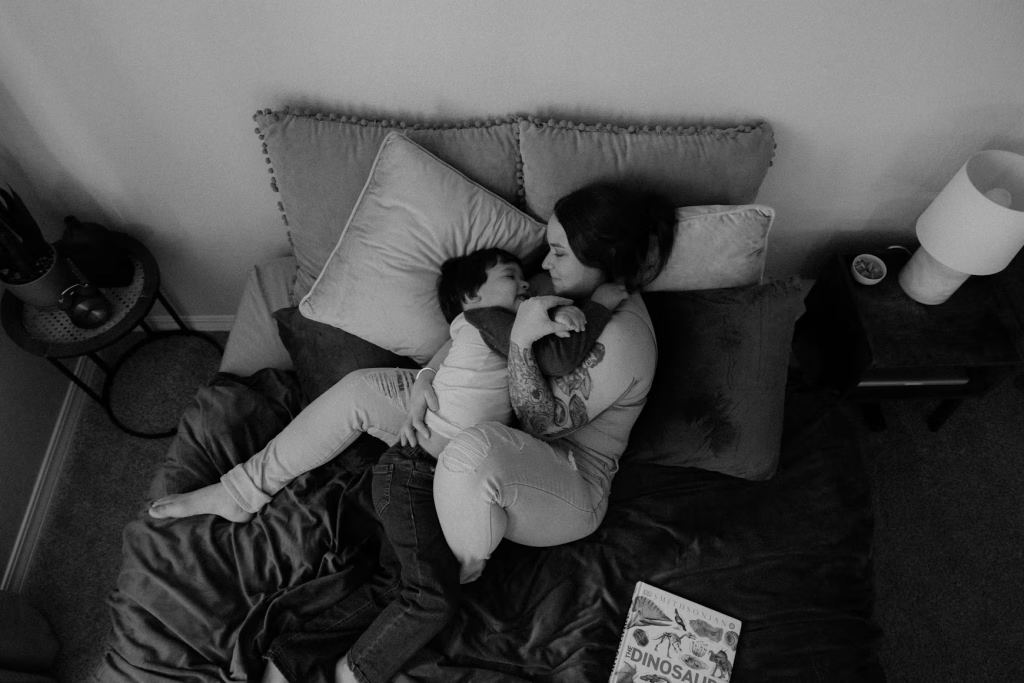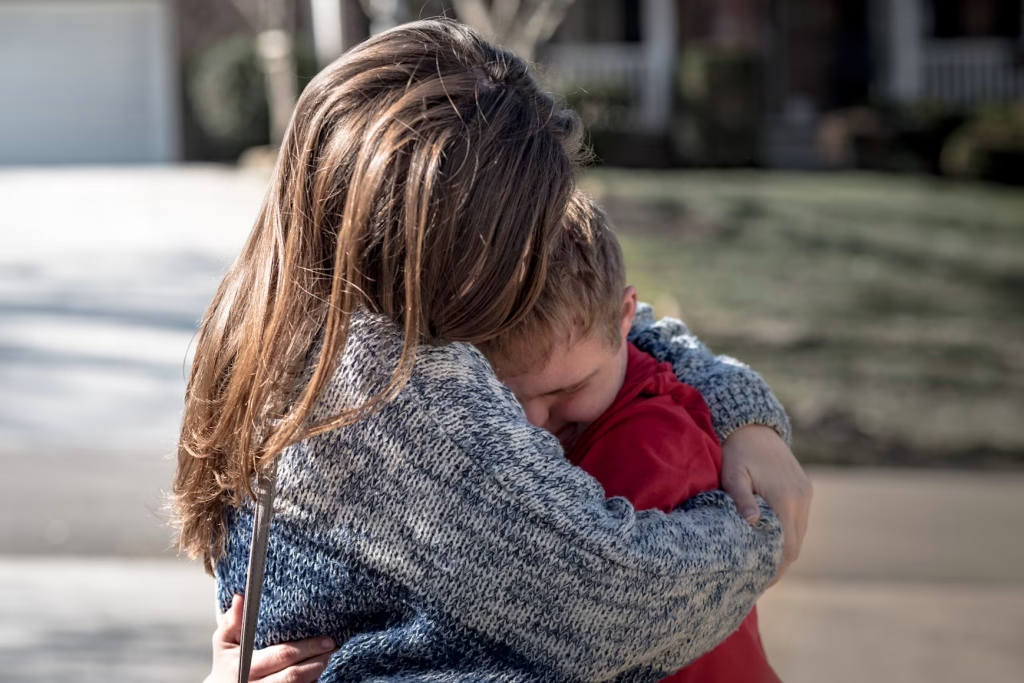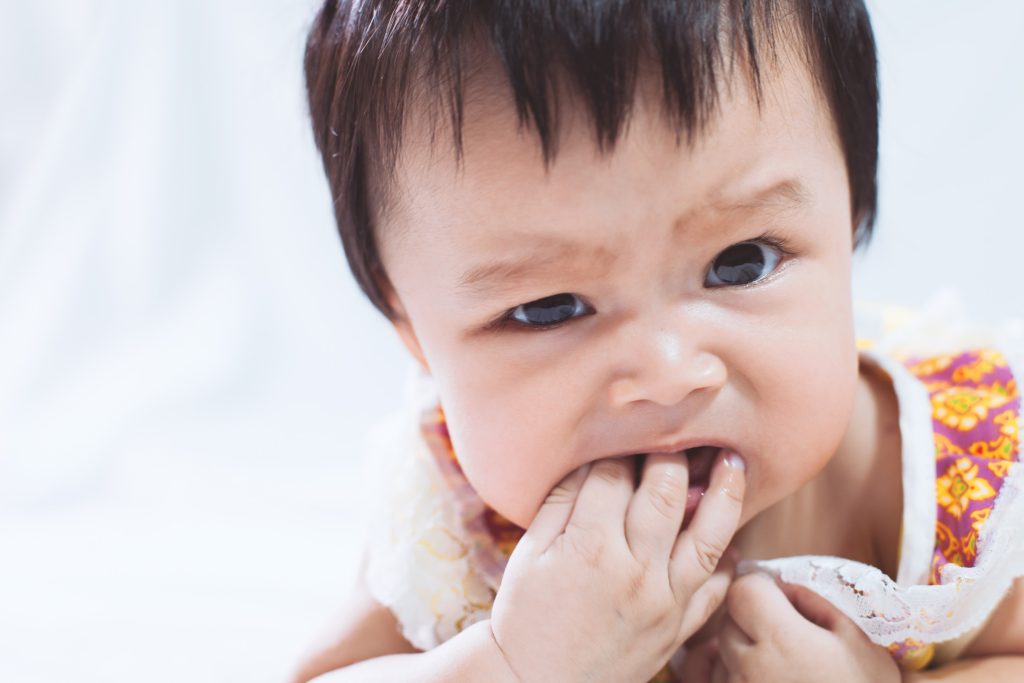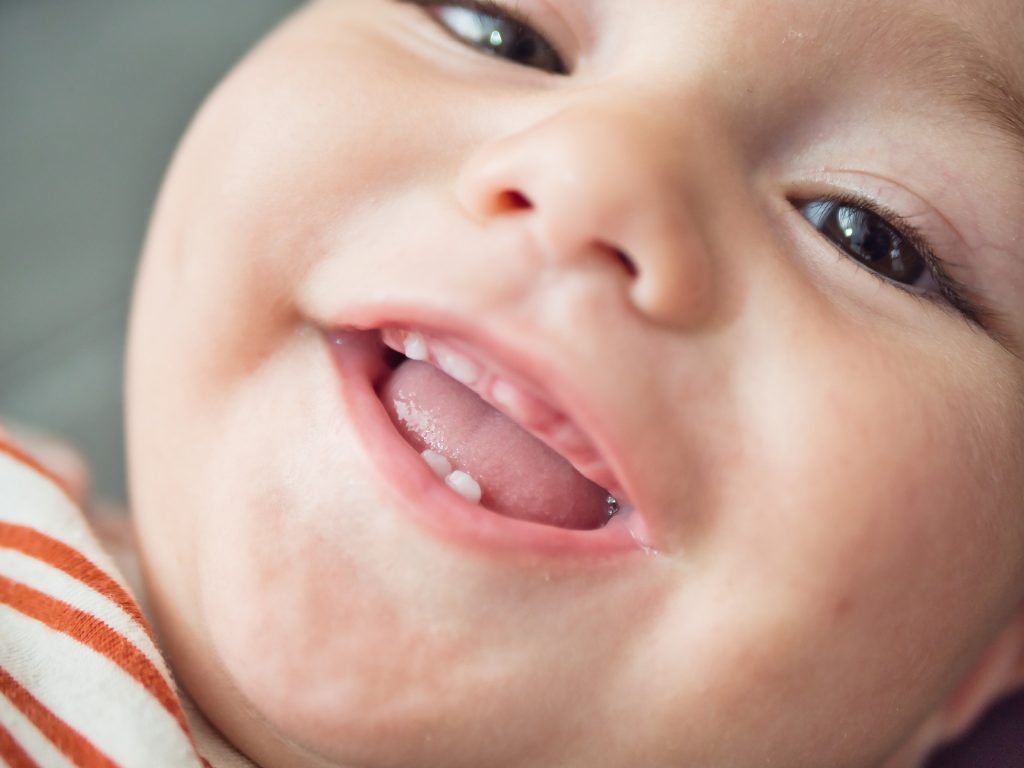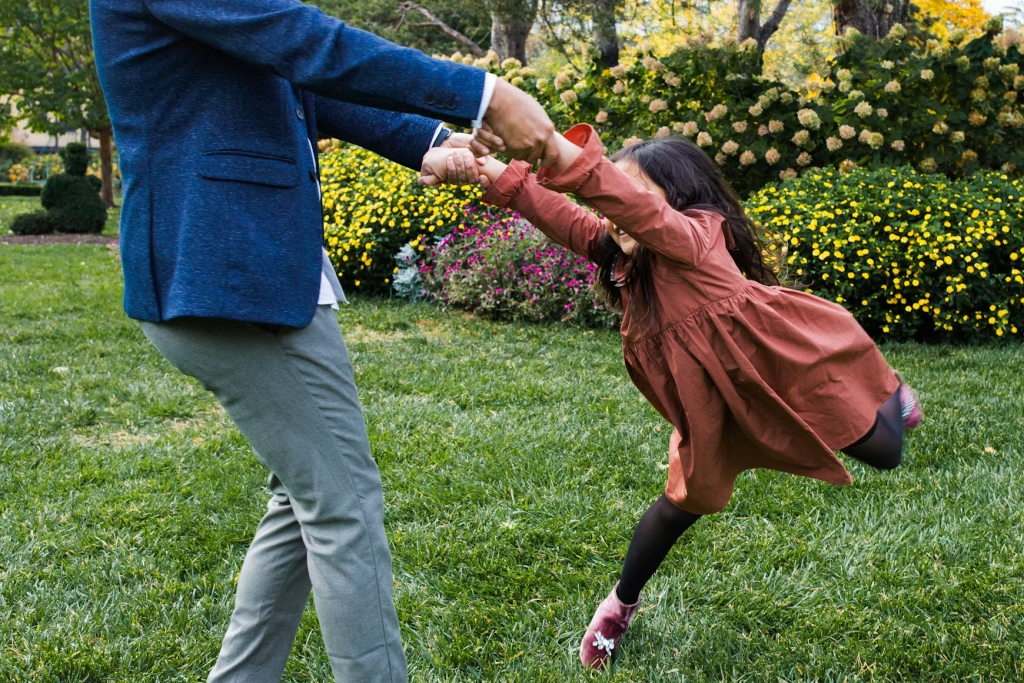
There’s a belief out there that “spanking a child has its place.” Maybe you’ve heard it from a neighbor, your own parents, or even thought it yourself in a heated moment. After all, many of us were raised with spankings—didn’t we turn out okay? But just because a disciplinary tactic is traditional doesn’t mean it’s effective—or safe.
It’s time to look at what research actually tells us: the evidence is pretty clear that spanking does more harm than good, and there are healthier, more effective ways to teach and guide our kids.
Spanking Increases Aggression, Not Respect
Parents often turn to spanking in hopes of quickly stopping defiance. Yet science consistently shows a link between spanking and rising levels of aggression in children. In a large-scale meta-analysis of over 75 studies, researchers found that physical punishment was associated with more, not less, aggressive behavior. Children learn by example; if they see conflict solved with force, they’re more likely to imitate it. Discipline should be a moment to guide and teach, not instill fear or a sense of retaliation.
Spanking Fails to Foster Long-Term Behavior Change
Yes, spanking might stop misbehavior in the moment. But that quick fix often backfires long-term. Without a deeper understanding, children just learn to avoid punishment, rather than truly internalizing better choices. According to WebMD’s analysis on spanking’s ineffectiveness, the focus becomes fear and compliance instead of growth and self-regulation. Real discipline helps a child connect actions to consequences in a positive way, fostering maturity rather than resentment.
Spanking Harms Mental Health—Sometimes for Life
We talk about physical safety, but emotional safety matters just as much. Studies have shown that spanking is linked to higher rates of anxiety, depression, and emotional distress in children. These issues often linger into adulthood, affecting self-esteem, trust, and relationship patterns. In these moments of hitting, children can feel that love is conditional, dependent on “good” behavior rather than unconditional acceptance. That can hurt them well beyond the tantrum at hand.
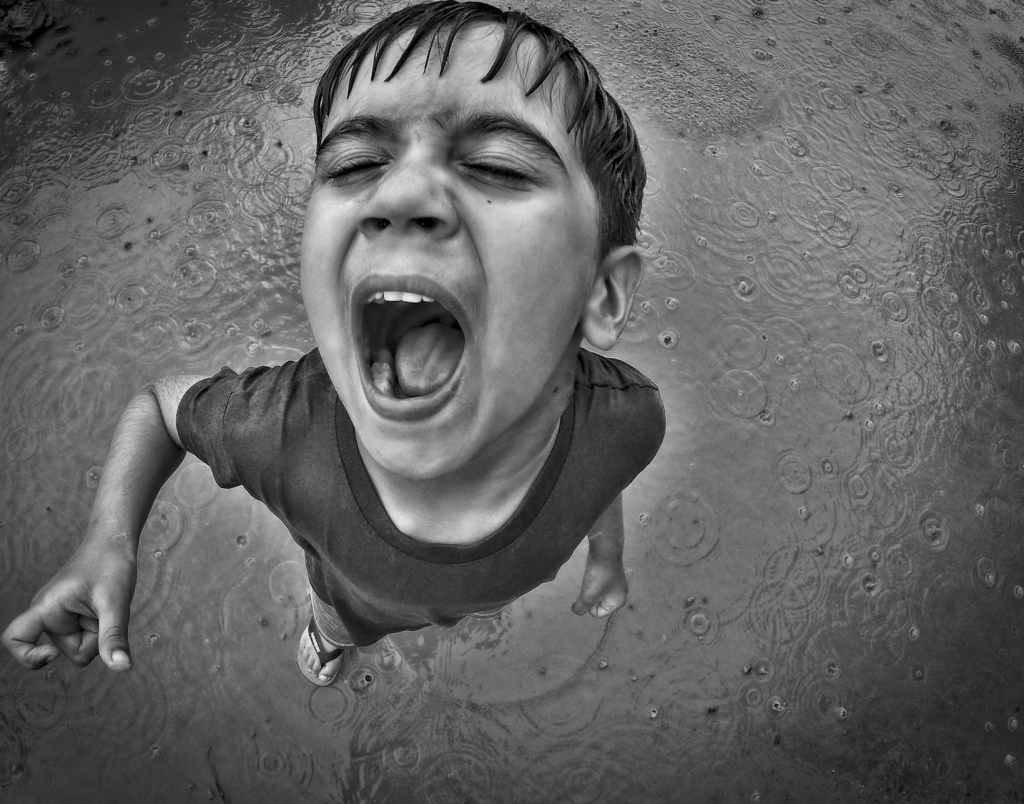
Physical Punishment Impacts Brain Development
It’s unsettling, but true: using physical discipline can alter how a child’s brain processes stress and emotion. Research has found that certain areas of the brain involved in emotional regulation and decision-making can be negatively impacted by physical punishment. Even though spanking might not rise to the level of abuse, the child’s brain can respond similarly, triggering greater fight-or-flight reactions. When we know better, we can choose discipline methods that guide rather than harm.
There’s No “Right Age” to Spank
Some parents believe hitting is more acceptable with toddlers or younger kids, to “nip bad behavior in the bud.” But spanking is never beneficial. A one-year-old or two-year-old simply doesn’t understand the logic behind physical punishment; they only learn fear and confusion.
Discipline must match developmental stages, and toddlers thrive on calm modeling, not pain. If our goal is to teach them to handle big feelings responsibly, spanking does the opposite—amplifying fear instead of emotional skill-building.
What You Can Do Instead
Thankfully, discipline without spanking isn’t just possible—it’s proven effective. Rather than relying on physical force, try these strategies:
- Positive Reinforcement: Praise the behaviors you want to see.
- Natural Consequences: Let a child feel the direct outcome of their actions (safely).
- Time-Ins: Instead of isolating them in a separate room, stay close and help them calm down.
- Clear, Consistent Boundaries: Routine and predictability help reduce chaos.
- Emotion Coaching: Help them name and navigate big feelings—anger, sadness, frustration.
When you prioritize these approaches, kids learn self-control from within, not from a fear of being hit.
Parenting with Compassion, Not Control
Spanking a child might sometimes seem like a quick shortcut—but quick doesn’t mean right. As caregivers, our job isn’t just to correct misbehavior, but to instill empathy, problem-solving, and trust.
And that rarely comes from force. Implementing mindful discipline methods—where calm, connection, and teaching are the focus—lays a stronger foundation for a child’s emotional development. Yes, it takes patience, but the long-term rewards (happier kids, deeper trust, less conflict) make it well worth the effort.
Ever switched from spanking to another discipline style? Share what worked in the comments below—parenthood is a learning journey, and we learn best together.
Read More
- 8 Reasons Why Time-Outs Might Not Be the Best Discipline Strategy
- Is Your Parenting Style Shaped by Your Own Childhood Experiences?

Samantha Warren is a holistic marketing strategist with 8+ years of experience partnering with startups, Fortune 500 companies, and everything in between. With an entrepreneurial mindset, she excels at shaping brand narratives through data-driven, creative content. When she’s not working, Samantha loves to travel and draws inspiration from her trips to Thailand, Spain, Costa Rica, and beyond.

